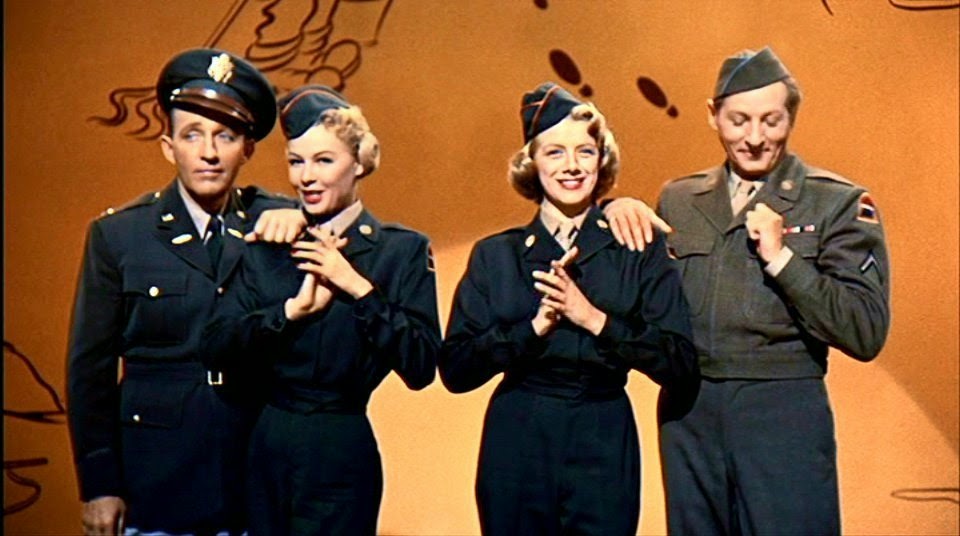For virtually any American over the age of sixty, Bing Crosby’s name is likely to evoke a wide range of memories. Though he was by far the best-known popular singer of the pre-rock era, Crosby was also a full-fledged movie star who won a best-actor Oscar for Going My Way (1944) and easily held his own opposite the likes of Fred Astaire and Bob Hope in such lighter fare as Holiday Inn (1942) andThe Road to Morocco (1942). His radio shows were no less successful, and with the arrival of TV in the 50’s, his face became as familiar a fixture in American homes as was his easygoing bass-baritone voice.
Bing Crosby: A Pocketful of Dreams, the first installment of a two-volume biography by the jazz critic Gary Giddins, It contains a list of statistics conveying something of the extent to which Crosby once dominated American popular culture. According to Giddins:
He made more recordings than any other singer, of which 38 were number-one hits, more than any other popular artist. (The Beatles, by contrast, topped the charts only 24 times.)
By 1980, he had sold a total of 400 million discs.
He was one of Hollywood’s top ten box-office attractions in America in fifteen different years between 1934 and 1954.
His best-known radio program, NBC’s Kraft Music Hall, reached an audience of as many as 50 million listeners—at the time, well over a third of the entire U.S. population.
But Crosby’s fame did not long survive his death in 1977. Indeed, it is now difficult to find anyone under the age of forty who knows anything specific about him other than that he recorded Irving Berlin’s “White Christmas.” By and large his work is available only on hard-to-find CD’s released by independent European labels, while most of his films are long forgotten.
Though several other artists of his generation—Louis Armstrong, Duke Ellington, and Benny Goodman among them—continue to be widely recognized as key figures in American music, Crosby tends increasingly to be overlooked by critics and journalists. He was, for instance, omitted entirely from Ken Burns’s ten-part PBS series Jazz, and is mentioned only in passing in Geoffrey C. Ward’s companion volume to the series.
How could so bright a star have dimmed so fast? Was there less to Bing Crosby than met the ear? Gary Giddins thinks not, and in A Pocketful of Dreams he makes the case for Crosby in unprecedentedly rich and rewarding detail. Though certain chapters could have been trimmed to useful effect (many readers will feel, for example, that far too much space is devoted to Crosby’s less important films), the book as a whole is both finely written and thoroughly engrossing. Still, in telling the story of how Crosby became “a phenomenon in the cultural life of the United States,” A Pocketful of Dreams occasionally dwells on the phenomenon at the expense of the artist.
Giddins is not himself a musician, trained or otherwise; for all his evident appreciation of Crosby’s singing, he lacks the technical knowledge needed to explain fully what he is hearing. And though his discussion of the posthumous decline in Crosby’s reputation is plausible as far as it goes, he is similarly unable to supply a completely adequate musical explanation for why “the most influential and successful popular performer in the first half of the 20th century” should have faded into semi-obscurity a mere quarter-century after his death...
















